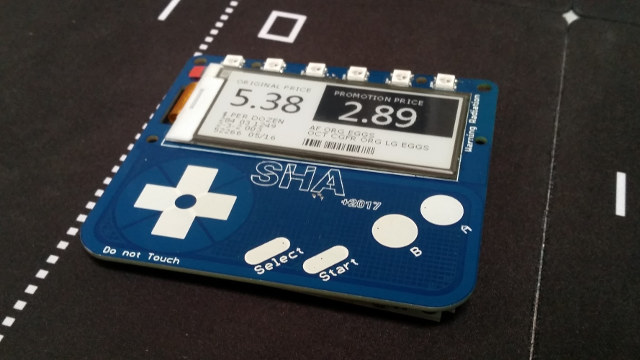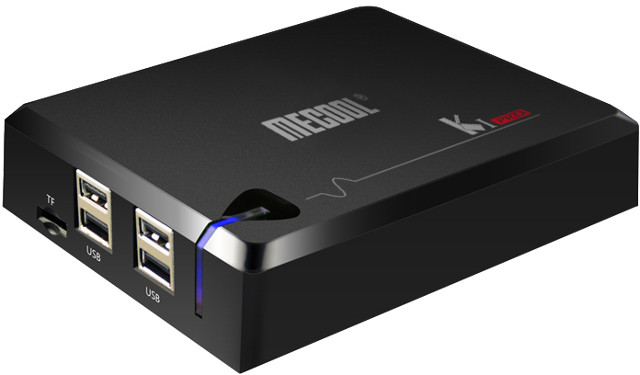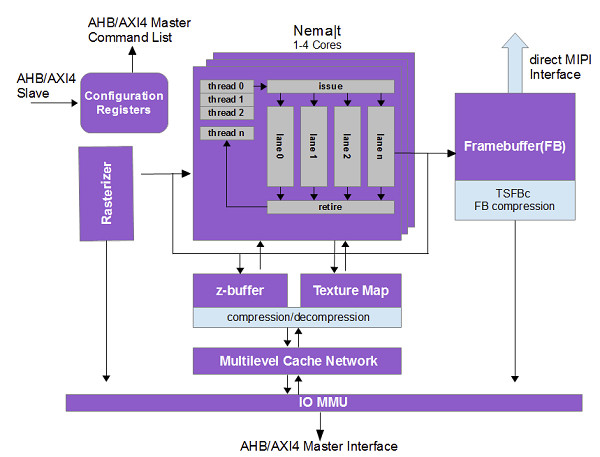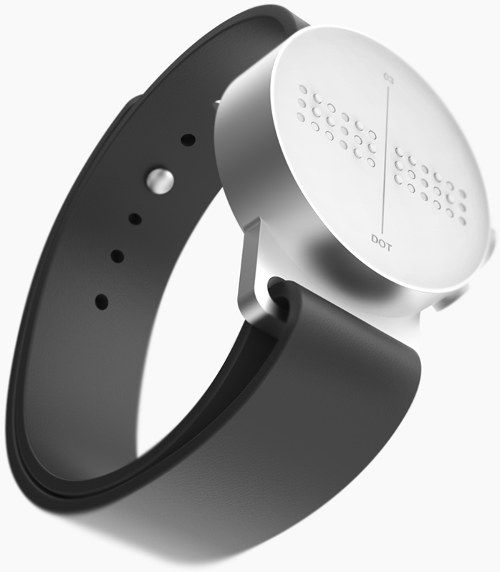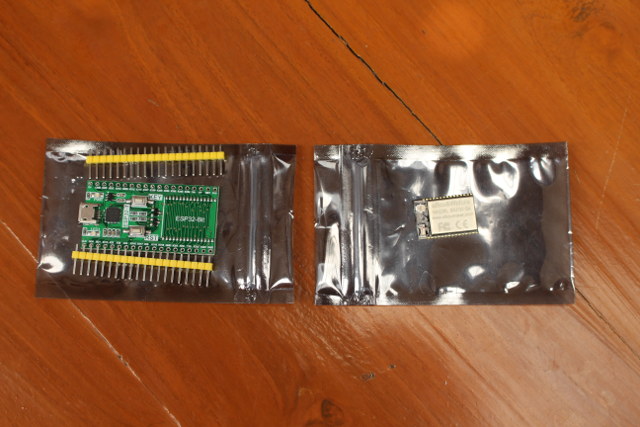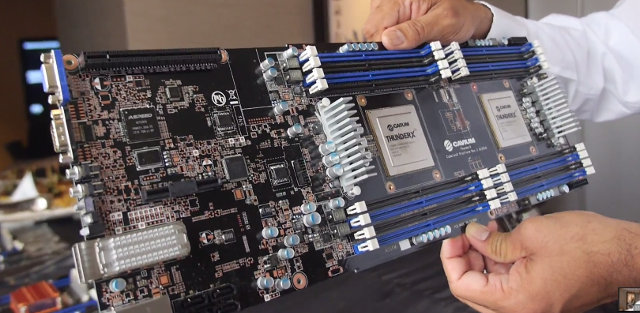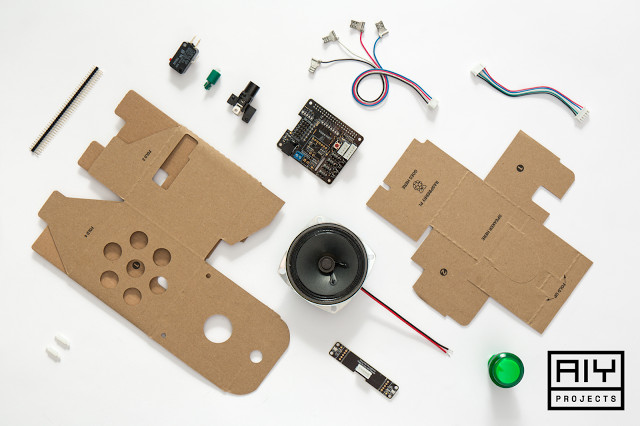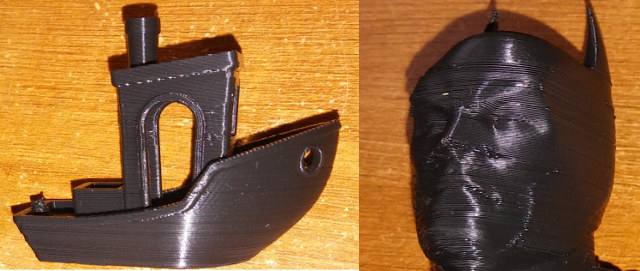In most conference, you’ll wear a badge showing your name, job description and company, but with the price of electronics going down, it may be time for a conference badge upgrade. SHA2017 is a non-profit outdoor hacker camp taking place in The Netherlands in 2017 on August 4 – 8, and the organizers are planning to use a special badge comprised of Espressif ESP32 processor, and an e-Paper Display. SHA2017 Badge specifications: Wireless Module – Espressif ESP32 based ESP-WROOM-32 module with WiFi and Bluetooth Display – 2.9″ e-paper display (296×128) Storage – micro SD slot Expansion – 12-pin expansion header with GPIOs, I2C, 3.3V, GND Debugging – micro USB port + USB->TTL chip for programming Misc – Direction keys, select, start, A and B buttons for input; 6x RGB, LEDs; pager motor for notifications Battery – Battery sized to last at least a day Beside your name and company details, […]
Mecool KI PRO Hybrid Android TV Box with Amlogic S905D SoC, DVB-T2 & DVB-S2 Tuners Sells for $80
VideoStrong has become popular among people wanting an Android TV box with a tuner thanks to their affordable and customizable products such as K1 Plus T2 S2, or KIII Pro coming with DVB-T/T2 and DVB-S/S2 tuners. AFAIK, all there products so far came with a single demodulator meaning you could watch or record satellite or terrestrial TV, but not do both at the same time, for example watching a channel via DVB-S2, and recording one via DVB-T2. Amlogic S905D is supposed to support this, and upcoming products like Sen5 Android set-top box do come with two demodulators. Mecool KI PRO – based on the processor – has just been launched, pre-selling for $79.99 on Banggood with shipping scheduled for mid May. Mecool KI Pro specifications: SoC – Amlogic S905D quad core ARM Cortex-A53 @ up to 1.5 GHz with Mali-450MP GPU System Memory – 2 GB DDR4 Storage – 16GB […]
Think Silicon Ultra Low Power NEMA GPUs are Designed for Wearables and IoT Applications
When you have to purchase a wearable device, let’s say a smartwatch or fitness tracker, you have to make trade offs between user interface and battery life. For example, a fitness tracker such as Xiaomi Mi Band 2 will last about 2 weeks per charge with a limited display, while Android smartwatches with a much better interface need to be recharged every 1 or 2 days. Think Silicon aims to improve battery life of the devices with nicer user interfaces thanks to their ultra-low power NEMA 2D, 3D, and GP GPU that can be integrated into SoCs with ARM Cortex-M and Cortex-A cores. The company has three family of GPUs: NEMA|p pico 2D GPU with one core 4bpp framebuffer, 6bpp texture with/out alpha Fill Rate – 1pixel/cycle Silicon Area – 0.07 mm2 with 28nm process Power Consumption – leakage power GPU consumption of 0.06mW; with compression (TSFSc): 0.03 mW NEMA|t […]
Smartwatch for the Blind – Dot Watch Supports Braille Language, Sync Data over Bluetooth
A South Korean company has created Dot smartwatch specifically designed for the blinds and visually impaired, as it supports Braille language through 24 dots that move up or down depending on the data to show. Like other smartwatches, it will also pair with a smartphone, and received notifications over Bluetooth to Android and iOS smartphones. Dot watch specifications: Wireless MCU – 32-bit ARM Cortex M4F + Cortex M0 microcontroller “Display” – 4 Dot Cells (24 Dots) made of 6000 series silver aluminum Connectivity – Bluetooth LE 4.2 Misc – 24 touch sensors, shaft horizontal vibration motor, a crown, two buttons Battery – 400mAh li-polymer battery good for a typical 7 days on a charge Dimensions – Watch: 43mm x 12.5mm; Leather band – S size: 22x220mm; M size: 22x250mm; L size: 22x290mm Weight – 27g This is all made possible through the company’s dot rotor technology that allows to move […]
Getting Started with ESP32-Bit Module and ESP32-T Development Board using Arduino core for ESP32
Espressif ESP32 may have launched last year, but prices have only dropped to attractive levels very recently, and Espressif has recently released released ESP-IDF 2.0 SDK with various improvements, so the platform has become much more interesting than just a few weeks ago. ICStation also sent me ESP32-T development board with ESP32-bit module, so I’ll first see what I got, before trying out Arduino for ESP32 on the board. ESP32-T development board with ESP-bit Module – Unboxing & Soldering One thing I missed when I asked for the board is that it was not soldered, and it comes in kit with ESP32-bit module in one package, and ESP32-T breakout board with headers in another package. The 21.5x15mm module is based on ESP32-DOWNQ6 processor with 32 Mbit (4MB) of flash, a chip antenna, and a u.FL connector. The module is apparently made by eBox, and also used in Widora board with […]
Packet 96-core Cavium ThunderX Baremetal ARMv8 Servers are Available for $0.50 per Hour, $372 per Month
Last week, I wrote about Scaleway ARMV8 cloud servers powered by Cavium ThunderX processors. They are very cheap, as low as 0.0006 Euros per hour or 2.99 Euros per month, but you only get access to 2 to 8 cores, so obviously you don’t get a baremetal server for that price. If you want the latter Packet.net has been offering just that since the end of last year with their Type 2A baremetal server with two Cavium ThunderX 48-core processors, 128 GB RAM, 384 GB SSD and 20 Gbps bandwidth. The servers can currently run Centos 7, CoreOS, Ubuntu 16.04 LTS, with support for container platforms such as CoreOS Tectonic, Rancher, Docker Cloud, ContainerShip, StackEngine, Docker Machine, etc… You can check the status for other operating systems and features and the roadmap page. They also have x86 servers, and I’ve included the hourly and monthly prices and features for all […]
AIY Projects Voice Kit Transforms Raspberry Pi 3 Into Google Home, Comes Free with Raspberry Pi Magazine
We’ve just reported about the preview release of Google Assistant SDK that works on the Raspberry Pi 3, and other boards with a microphone, speakers, and access to Internet. The Raspberry Pi foundation and Google have now made it even easier, as they launched AIY Projects Voice Kit with a Google Voice HAT, a speaker, a stereo microphone Voice HAT board, a button, a few cables, and a cardboard case. You’ll just need to add your own Raspberry Pi 3, follow the instructions to assemble kits, load and setup the software. Once this is all done, you’ll be able to press the top button, asking anything you want to Google Voice, including the weather. Price? Sort of free, as it comes with MagPi 57 magazine, where you’ll also find detailed instructions for the kit. Google AIY Projects got its name from a mix between (DIY) and artificial intelligence (AI), and […]
Creality CR-10 3D Printer Review – Part 2: Tips & Tricks, Octoprint, and Craftware
Hey Karl again with part 2 of my 3D printing experience with the CR-10, after the first part describing CR-10 3D printer setup and first prints. The intent is to share my experiences with the CR-10 with the perspective from a noob. I have to say if you are hard heading like I am, and do a lot of research but don’t fully listen to what you are reading, you are going to waste a lot of filament and time. I spent a couple hours a day for weeks with trial and error and watching the printer and how it works adjusting about a billion settings and testing. I am hoping this will help any current or future CR-10 owner speed up the learning curve. Measuring Filament Diameter The single biggest thing to improve my print quality I found was measuring the filament. I read about this several times but […]


